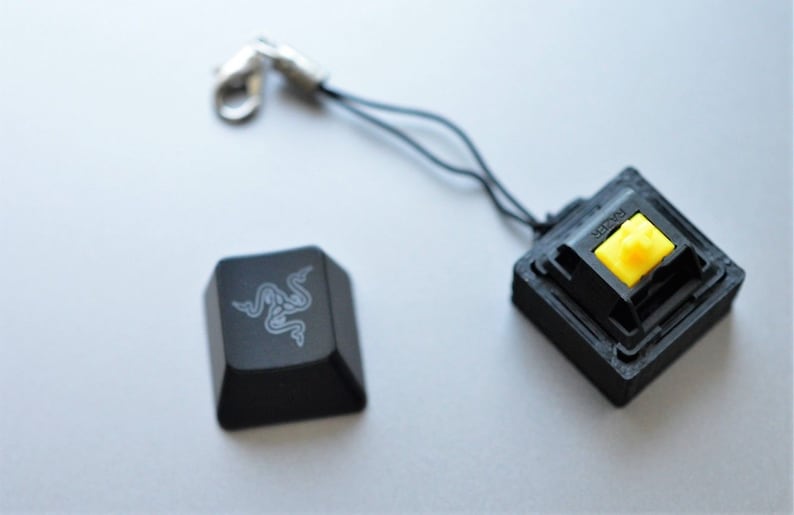


These switches still push back, but they don't feel tiresome.But there are a few key differences. We often think of Black switches as somewhat firm due to the high actuation force, but the buttery smooth action of the Box Black makes them feel lighter somehow. Actuation is a smidge lighter, and it feels as though the box design might result in a slightly more resonant click. Slightly lower in pitch than the Kailh Gold, these are clicky to the point of being crunchy. Like other Kailh switches, actuation is beautifully smooth and fluid. The linear action is easy on the fingers, and the sound is a little muted. Typing on them is a pleasant, gentle experience. These feel solid, right between a loud clicky switch and a smooth linear. Think “Brown lite”.Īs we've come to expect from a switch labeled Brown, the tactile bump is gentle. Quite similar to the Kailh Silver, only these are tactile.

Ideal for soft typing in an office environment. Light enough not to tire your fingers, and quiet, too. Its click is crisp and precise, and its actuation is smooth. Light, precise, and utterly unique - this keyswitch is addictive. Like a Red but lighter and more responsive, springy enough to get that mechanical feedback that you know and love, light enough to type for hours.Ĭompared to Cherry MX Brown, its sound is pitched a little lower and more subdued, and its return action is less pronounced.Ĭlicks once on the downstroke, and clicks again on the upstroke. Linear, with no tactile or audible feedback. A very quiet keyswitch, it’s as close as you’re going to get to the acoustics of typing on a laptop. A solid performer for high-speed keypresses. Most popular among gamers for their relatively light weight, and lack of tactile feedback. Same qualities of Brown with a bit more resistance, for those who want more pronounced tactile feedback. Easily recognizable by their signature audible clicking sound.Ī slightly heavier sibling to the Brown switch. A preferred choice for developers, writers, and anyone who works long hours in front of the computer.Įveryone's favorite "clicky" switch. Here are the keyswitches we currently offer.įinally, here's a quick table comparing all of our keyswitches: Switch If you can find some friends with mechanical keyboards, try out different keyswitches to see what feels best under your fingers.

Do you prefer a smoother typing experience, or do you want to feel a slight bump when the key is actuated? Do you want a linear ("no bump") or a tactile switch?.How much noise do you want your keyboard to make? Do you want a clicky switch or a non-clicky switch?.When choosing your switches, there are several things you should consider: When buying one of our keyboards, you get to choose from many different keyswitch types. The keys have more travel, and are much more tactile you don't have to press the keys all the way down to get them to register, which makes typing easier on the fingers and of course, mechanical keyboards have their own unique sound. Typing on these mechanical switches is a very different experience from typing on regular ones. What are mechanical keyswitches?Įach key on a mechanical keyboard hides an actual physical switch under it, unlike the squishy rubber membrane you'd find on most keyboards. Getting to know your options will help you get the most out of your keyboard. Key switches are one of the most important aspects of a mechanical keyboard.


 0 kommentar(er)
0 kommentar(er)
